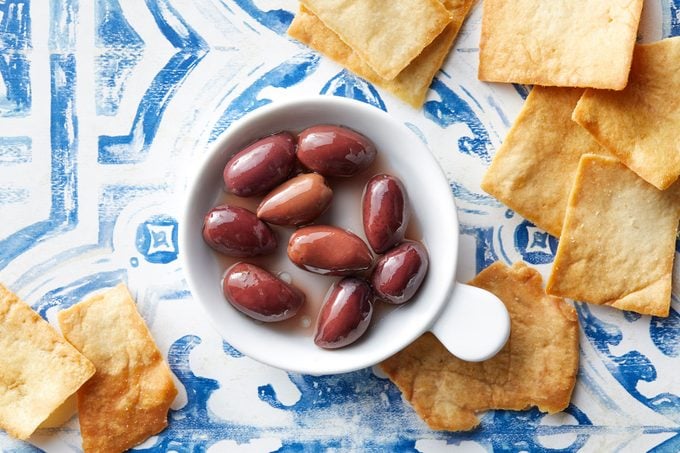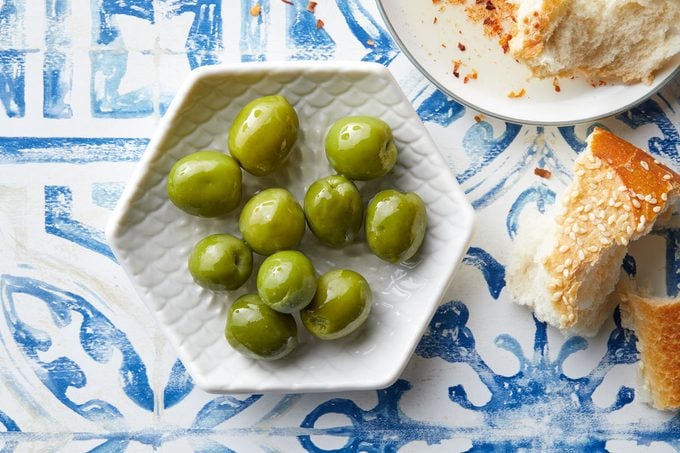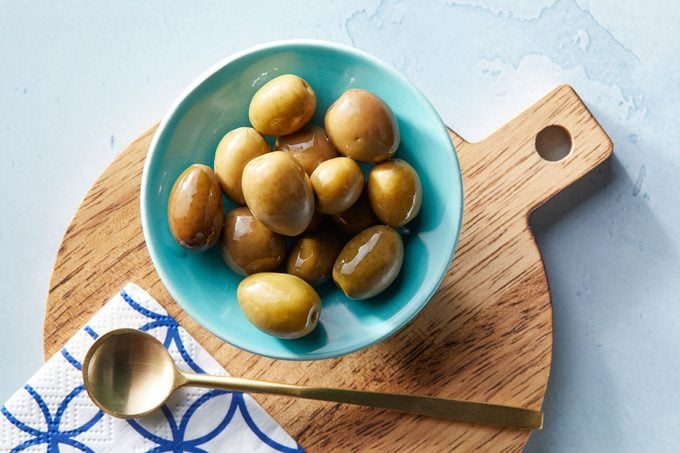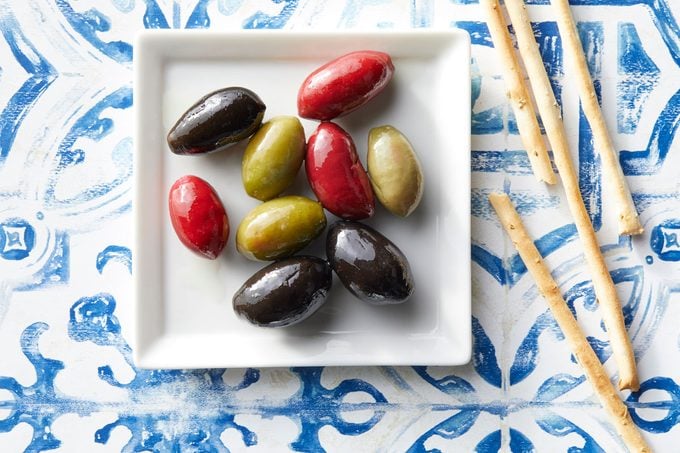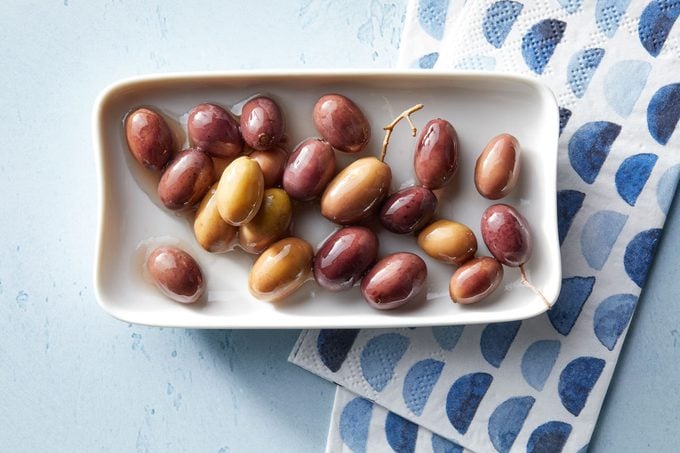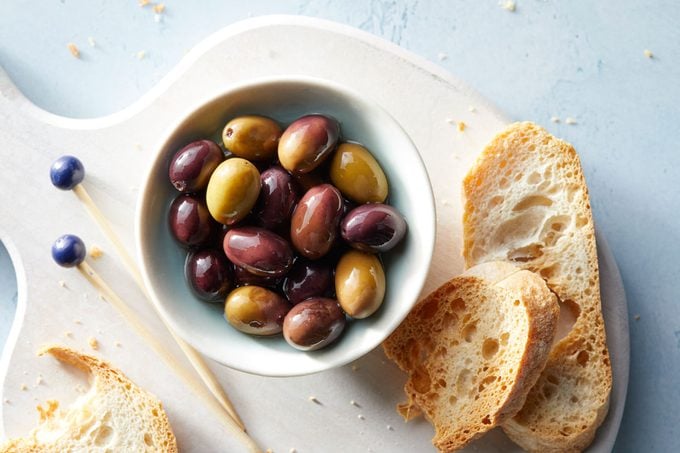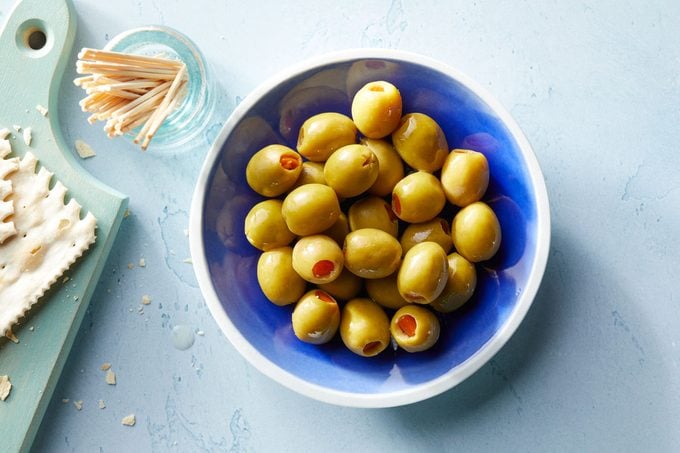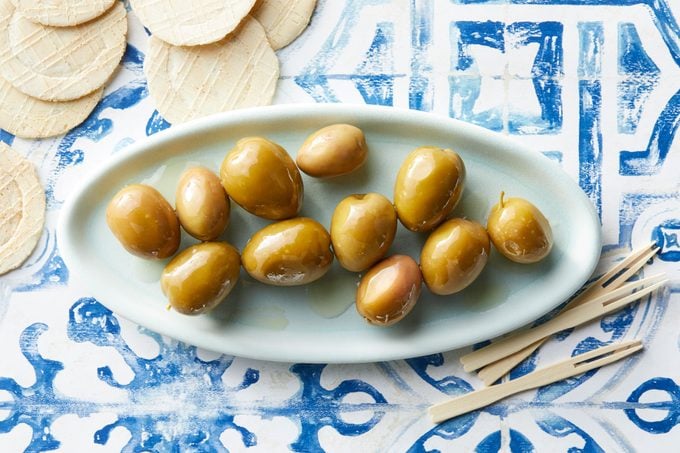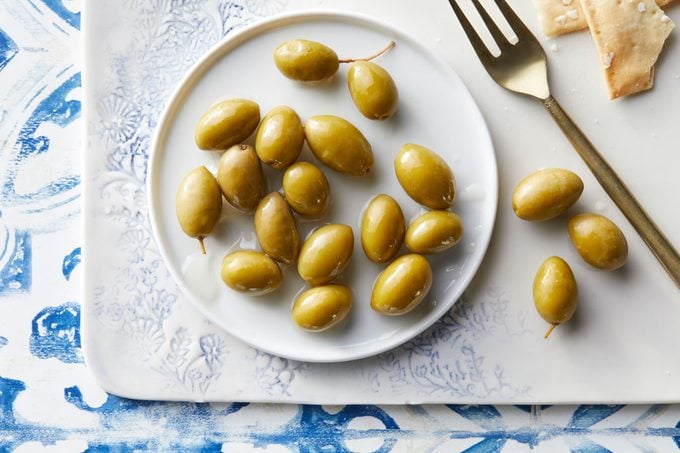Here’s how to choose the tastiest kinds.
Granted, if you hate olives, you really hate them.
But if you love olives, then your fridge is probably always stocked with several types of olives.

Get ready to learn more about your beloved fruitfrom growing to storing to all the different types of olives.
Olive Growing and Harvesting
Olives grow on twisted, beautiful trees.
The harvest time is usually at night since the cooler temperatures preserve the olives aromatics.

The harvest season starts in October in most regions where olives grow.
What Determines the Color of an Olive
Like grapes, all olives start out green.
As they ripen on the tree, olives will turn a faint brown to purple to almost black.

Curing Olives
The curing of olives is crucial to their texture and flavor.
Its also crucial to their edibilityuncured olives are so bitter theyre practically inedible!
Storing Olives
Olives should always be stored in their brine to help them retain moisture.

This is why jarred olives are always sold in liquid.
When scooping olives yourself at the olive bar, be sure to include some of the brine.
Jarred olives can remain in your pantry until you open them.

Once the seal on the jar is broken, you should store the olives in the fridge.
Some of them can last up to a year in the fridge if stored properly.
Olive bar olives should be eaten within 14 days.

Below are some of the most common types of olives youll find in grocery stores and special markets.
And is there anything better than kalamata and feta cheese?
Theyre salty and rich in flavor and meaty in texture.

Theyre mild and almost grassy in flavor.
Theyre also an easyupgrade to queso dipsand pasta salads.
Cerignola
Antipasto plattersandmartinisalike will get an elevated twist with cerignola olives.

Because theyre larger than many other varieties, theyre quite easy to stuff.
Try stuffing cerignolas with garlic and use them in a base for thisstuffed-olive cod.
Nicoise
As the name suggests, nicoise olives hail from France.

If youve ever made anicoise salad, you might have just used kalamata olives.
You know the little green olives you could eat the whole jar of because theyre just that good?
Although black olives tend to lean more bitter, Nyons olives are actually sweet.

This makes them ideal for tapenades and dishes ofmarinated olives.
Gordal
Large, juicy and refreshing, gordal olives originate from Spain.
Gordal translates to fat one, and the size of these olives certainly holds true to the name.

Theyre green and meaty and somewhat similar to the tinier manzanillas mentioned above.
Beldi
Beldi olives from Morocco arent for olive newbies because theyre quite salty and bitter.
They have a wrinkly exterior and a chewy bite, giving them the ideal texture for salads.

Theyre both briny and buttery and are harvested early to maintain that bright green color.
Amfissa
Grown in central Greece, these bright green olives are small and firm.
Dot a colorfulcrudites platterwith green amfissa olives for a slightly citrusy, yet mild taste.

Because theyre more citrusy than sharp, amfissa olives pair well withhummus, crumbled feta or goat cheese.
Talk about a snack we cant resist!
We recommend our users to update the online window.






























